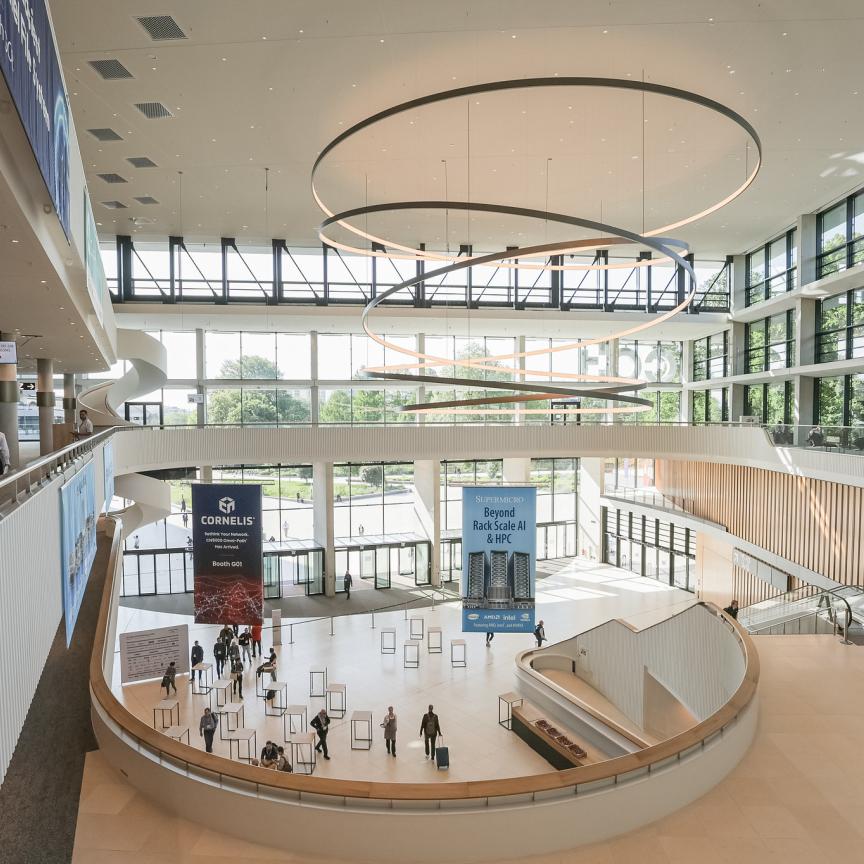The National Grid Service (NGS), a computation and data resource for all UK academic researchers, has undergone a period of rapid expansion this year with a total of six new resources becoming NGS members.
The sites that have recently joined are the University of Birmingham, Brunel University, University of Liverpool, University of Sheffield and the University of York (which are both part of the White Rose Grid). The University of Manchester has also contributed an additional resource to the NGS.
The resources range from local clusters to the £2.1million SRIF-3 funded BlueBEAR cluster at the University of Birmingham, which also provides a service to GridPP in analysing data from the LHC at CERN as well as the NGS. Paul Hatton, service manager for BlueBEAR, said: 'The University of Birmingham was pleased to offer increased resources to GridPP and new resources to the NGS communities as part of its SRIF-3-funded cluster. As well as benefitting these communities, the expertise and skills available within the NGS that is now available to Birmingham as an affiliate site, will be of benefit to the University's wider research base.'
Brunel University are contributing resources from four of their machines but they hope to move to a larger cluster in the near future. The University of York resource consists of two clusters, the first of which provides three high memory nodes (32GB) with eight cores each, and the second cluster provides 24 nodes with 8GB of memory and four cores each.
Professor Jim Austin, leader of the Advanced Computer Architectures (ACA) group, and Aaron Turner, software manager for ACA at the University of York, commented that the NGS offers an excellent network of expertise and skills, and this will be of great benefit, as will be the tools developed wholly or in part by the NGS.

